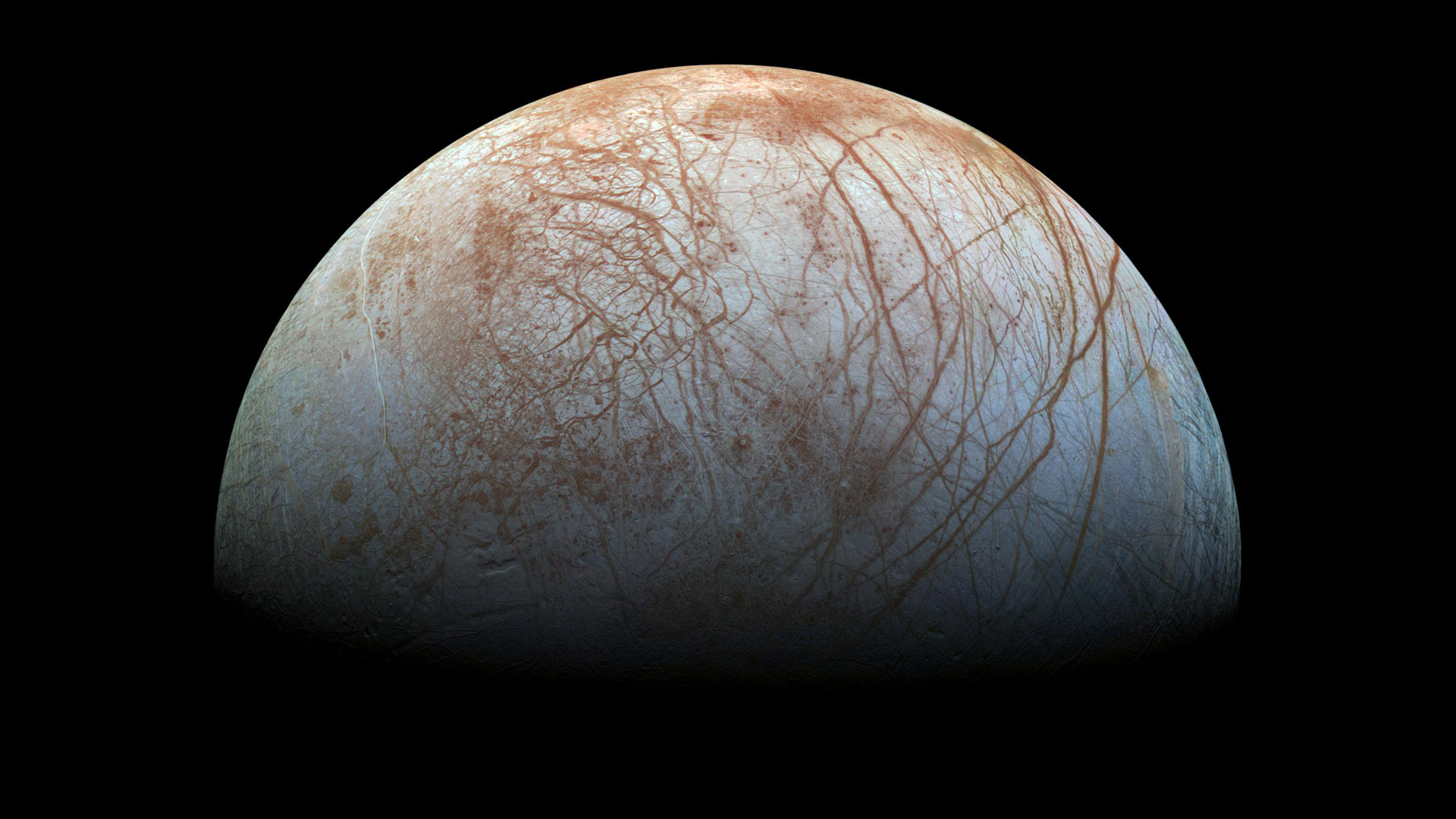NASA Rover Nears Rim of Giant Crater on Mars

NASA's Mars rover Opportunity is just days away from arriving at the edge of a huge crater after a years-long trek on the Red Planet.
Opportunity has been driving for nearly three years toward the crater Endeavour, an immense scar in the Martian surface about 14 miles (22 kilometers) wide. Now the rover is less than 164 feet (50 meters) from the rim and is due to pull up to it later this week, mission scientists said Monday (Aug. 8).
"I'm totally pumped," the rover's deputy principal investigator, Ray Arvidson, told SPACE.com.
Before it set course for Endeavor in mid-2008, Opportunity spent two years studying a region including a smaller crater named Victoria. Endeavour is 25 times wider than Victoria, which will make it the largest Martian crater ever visited by a spacecraft. [Latest Photos from NASA's Mars Rover Opportunity]
"It really is exploration and discovery in its truest sense," Arvidson said. "We've not been in this kind of terrain ever before."
The rocks at Endeavour crater are the oldest that Opportunity has seen during its seven years on Mars, Arvidson said. Tantalizing hints of clay minerals and other features suggest the region has a different type of ancient history pertaining to water chemistry than other terrain explored by the rover.
"This is a crater that pre-existed any of the sedimentary material that we've seen so far," Arvidson said. Opportunity's visit represents "us trying to get at that early period of time that may have been conducive to life."
Breaking space news, the latest updates on rocket launches, skywatching events and more!
Once Opportunity reaches the crater, it could spend years studying the area, if it is up to the task.
Opportunity: A long-lived rover
Indeed, the fact that Opportunity is even moving is an engineering feat. The solar-powered rover is the surviving member of NASA's twin robot team sent to explore different parts of Mars in 90-day missions. [Video: Opportunity's 7 Years of Mars Roving]
Opportunity landed in mid-January 2004, two weeks after its sister robot Spirit. Opportunity has been exploring the vast plains of Mars' Meridiani Planum region, while Spirit set down inside the huge Gusev Crater.
Both rovers lasted for years, but only Opportunity survived the harsh, repeated dust storms, winters and other obstacles on the surface of the Red Planet.
Earlier this year, NASA declared the Spirit rover dead after more than a year of silence from the robot, which became stuck in Martian sand. Mission scientists held a wake for the rover in late July to mark its final passing and honor its accomplishments.
They even named Opportunity's planned arrival point at Endeavour crater after the sister robot. Opportunity is headed to Spirit Point, a vista at the southern point of a ridge called Cape York on the western side of the crater.
"Spirit achieved far more than we ever could have hoped when we designed her," Steve Squyres of Cornell University, the principal investigator for the rovers, said in a statement. "This name will be a reminder that we need to keep pushing as hard as we can to make new discoveries with Opportunity. The exploration of Spirit Point is the next major goal for us to strive for."
The Spirit and Opportunity rovers have made countless discoveries on Mars, including detailed investigations into how flowing water shaped the planet's surface in the ancient past.
Marathon Mars rover
Opportunity, meanwhile, keeps on trucking. Last month its odometer passed the 20-mile (32 km) mark on the road to Endeavour.
"They're just really well-made American machines," Arvidson said.
To be sure, Opportunity has dealt with the pains of aging. One of its six wheels doesn't turn as well as it did, one science instrument (a spectrometer called Mini-TES) has shut down, and the rover has been driving with its robotic arm stretched out a bit because of joint issues, Arvidson said.
Even so, the rover continues to plod along and seems ready for the years ahead at Endeavour.
"All in all, I would like to be that healthy after that number of rover years on Mars," Arvidson said.
This story was updated on Aug. 12 to correctly reflect the distance of Opportunity from Endeavour crater at the time.
You can follow SPACE.com Managing Editor Tariq Malik on Twitter @tariqjmalik. Follow SPACE.com for the latest in space science and exploration news on Twitter @Spacedotcom and on Facebook.
Join our Space Forums to keep talking space on the latest missions, night sky and more! And if you have a news tip, correction or comment, let us know at: community@space.com.

Tariq is the award-winning Editor-in-Chief of Space.com and joined the team in 2001. He covers human spaceflight, as well as skywatching and entertainment. He became Space.com's Editor-in-Chief in 2019. Before joining Space.com, Tariq was a staff reporter for The Los Angeles Times covering education and city beats in La Habra, Fullerton and Huntington Beach. He's a recipient of the 2022 Harry Kolcum Award for excellence in space reporting and the 2025 Space Pioneer Award from the National Space Society. He is an Eagle Scout and Space Camp alum with journalism degrees from the USC and NYU. You can find Tariq at Space.com and as the co-host to the This Week In Space podcast on the TWiT network. To see his latest project, you can follow Tariq on Twitter @tariqjmalik.
